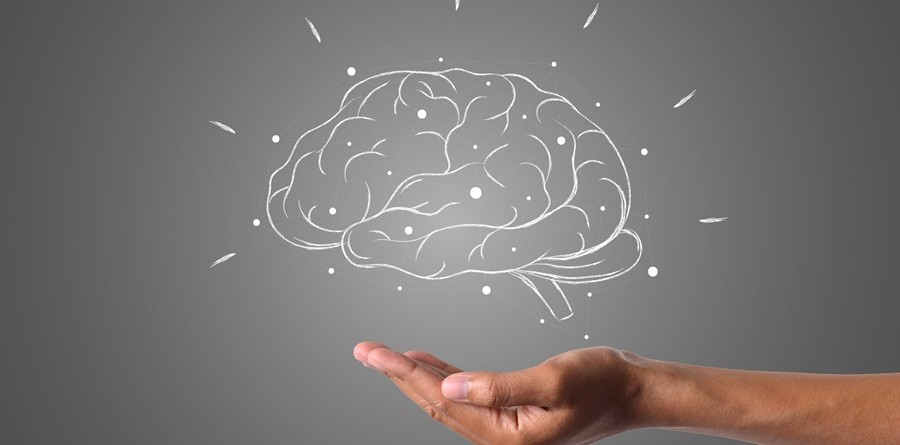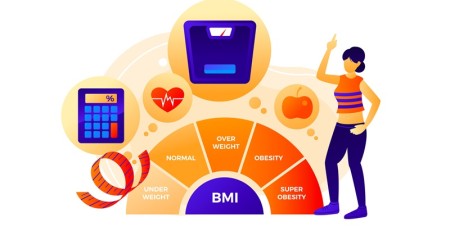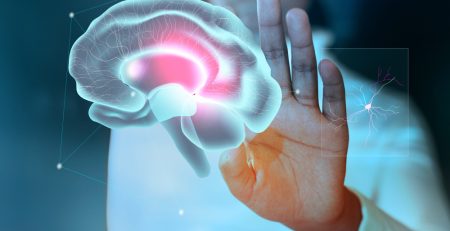Rethinking Alzheimer’s The Criticality Connection
The Brain’s Sweet Spot: Unlocking Learning, Memory, and Alzheimer’s Prevention Through Criticality
Could the secret to a sharp mind lie in a delicate balance between order and chaos? A groundbreaking theory suggests that the brain operates at its peak when poised at a “critical” state—a sweet spot called criticality. This state, where the brain is neither too rigid nor too erratic, may hold the key to learning, memory, adaptability, and even preventing neurodegenerative diseases like Alzheimer’s. By detecting and restoring this balance, scientists could revolutionize how we diagnose and treat brain disorders.
What is Criticality?
Criticality, a concept rooted in physics, describes a system teetering on the edge of stability and chaos. Imagine a sandpile: as grains are added, it grows steeper until a single grain triggers an avalanche. Just before that tipping point, the pile is in a critical state—balanced between order and unpredictability. In the brain, criticality is the optimal computational state where neurons are primed to process, store, and adapt to new information.
Keith Hengen, an associate professor of biology at Washington University in St. Louis, proposes criticality as a unifying theory of brain function in a recent paper published in Neuron. Co-authored with physicist Woodrow Shew from the University of Arkansas, the study suggests that the brain’s ability to learn and adapt hinges on maintaining this delicate balance. “Brains need to reach criticality to think, remember, and learn,” Hengen explains. Unlike hard-wired circuits, the brain is a dynamic learning machine, shaped by experience and optimized at this razor’s edge.
A New Lens on Brain Function
Hengen and Shew’s theory bridges biology and physics, offering a fresh perspective on how the brain operates. Critical systems share a unique trait: they look similar across scales. A sandpile’s slope is the same whether it’s small or massive; similarly, brain activity patterns remain consistent whether measured in a few neurons or an entire region, over milliseconds or hours. This scale-invariance aligns with our lived experience—our thoughts and memories seamlessly span fleeting moments to lifelong narratives.
Using advanced fMRI brain imaging, researchers can now measure how close a brain is to criticality. This mathematical approach provides a precise way to assess the brain’s computational health, offering insights into its ability to process information effectively. “We’ve developed a tool to quantify criticality,” Hengen says, “which could help us answer fundamental questions about how the brain works.”
Redefining Neurological Disease
The criticality framework reshapes how we understand brain disorders like Alzheimer’s. Rather than focusing solely on damaged neurons or protein buildup (like amyloid or tau), Hengen argues that these diseases disrupt the brain’s ability to maintain criticality. “Alzheimer’s doesn’t just harm neurons—it erodes the brain’s capacity to compute by pushing it away from criticality,” he says.









